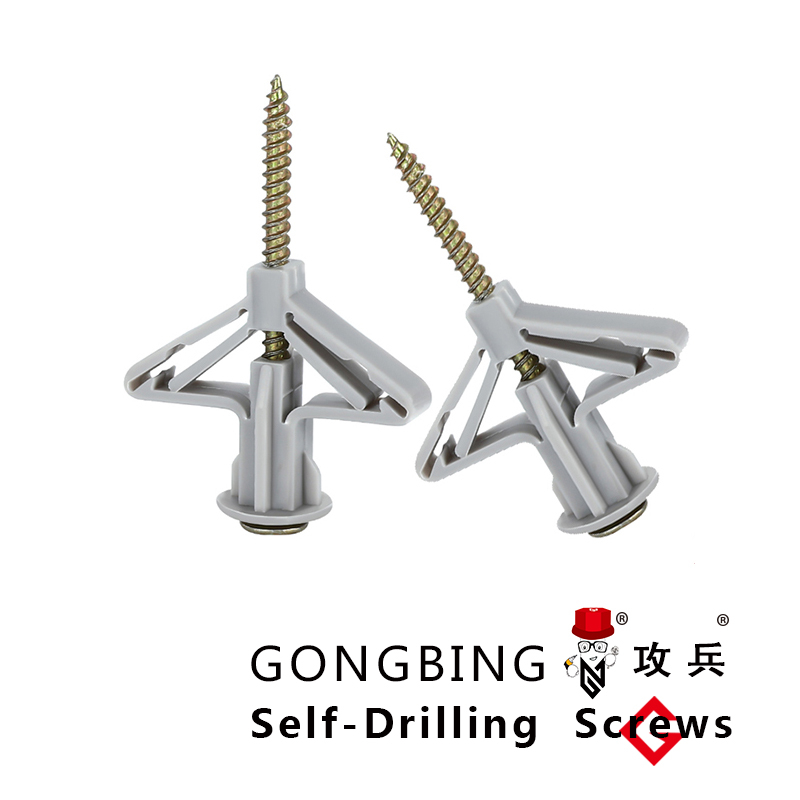Standard Shear Stud Dimensions and Specifications for Construction and Engineering Applications
Standard Shear Stud Sizes An Overview
Shear studs, also known as shear connectors, are critical components in composite construction, particularly in steel-concrete structures. They play a vital role in ensuring that the two materials bond effectively, enabling them to work together to resist structural loads. Understanding standard shear stud sizes is essential for engineers and architects to ensure safety, structural integrity, and compliance with building codes.
The Function of Shear Studs
Shear studs are typically welded to the steel section of a composite beam before concrete is poured. Their primary function is to transmit shear forces between the steel and the concrete, preventing the two components from sliding apart under load. This connection enhances the load-carrying capacity of the beam and allows for a more efficient use of materials, ultimately leading to lighter and more cost-effective structures.
Standard Shear Stud Sizes
Shear studs come in various sizes and configurations, but certain standard sizes are widely accepted in the industry. The most common sizes range from 10 mm to 22 mm in diameter, with lengths varying typically from 50 mm to 150 mm. The choice of size depends on several factors, including the width of the flange of the steel beam, the depth of the concrete slab, and the anticipated loads.
In the United States, ASTM (American Society for Testing and Materials) standards define the specifications for shear studs. For instance, ASTM A108 has specifications for carbon steel shear studs, which are often used due to their strength and ease of welding. The tolerances for size are usually specified to ensure consistency in performance and reliability in construction.
Factors Influencing Shear Stud Size Selection
standard shear stud sizes

Several factors influence the selection of shear stud sizes. These include
1. Load Requirements The primary consideration is the maximum load that the composite beam will experience. Heavy loads typically require larger diameter studs or a greater number of studs to ensure adequate shear transfer.
2. Slab Thickness The thickness of the concrete slab affects the length of the shear studs. A thicker slab will necessitate longer studs to ensure that they are adequately embedded within the concrete.
3. Stud Spacing The spacing between shear studs is equally important. The spacing is typically determined by the applied load and the design code requirements. Standard practice suggests a spacing that ensures a uniform distribution of loads across the beam.
4. Construction Considerations Practical aspects of construction, such as accessibility for welding and the equipment available, may also dictate the choice of shear stud size.
Conclusion
In summary, shear studs are indispensable in composite construction, providing the necessary connection between steel and concrete. Understanding standard shear stud sizes, along with the factors influencing their selection, is crucial for engineers and designers. By adhering to standardized sizes and specifications, professionals can enhance the safety, efficiency, and efficacy of structural designs. As the field of structural engineering continues to evolve, staying informed about best practices and innovations in shear stud technology remains essential for modern construction practices.
-
Weatherproof Plastic Expansion Anchors for OutdoorВестиJun.06,2025
-
Sustainability in the Supply Chain: Eco-Friendly TEK Screws ProductionВестиJun.06,2025
-
Load-Bearing Capacity of External Insulation FixingsВестиJun.06,2025
-
Double Head Bolts: Enhancing Efficiency in Industrial MachineryВестиJun.06,2025
-
Corrosion Resistance in Chipboard Screws: Coatings for Wholesale DurabilityВестиJun.06,2025
-
Butterfly Toggle Bolts : Enhancing Structural ResilienceВестиJun.06,2025
